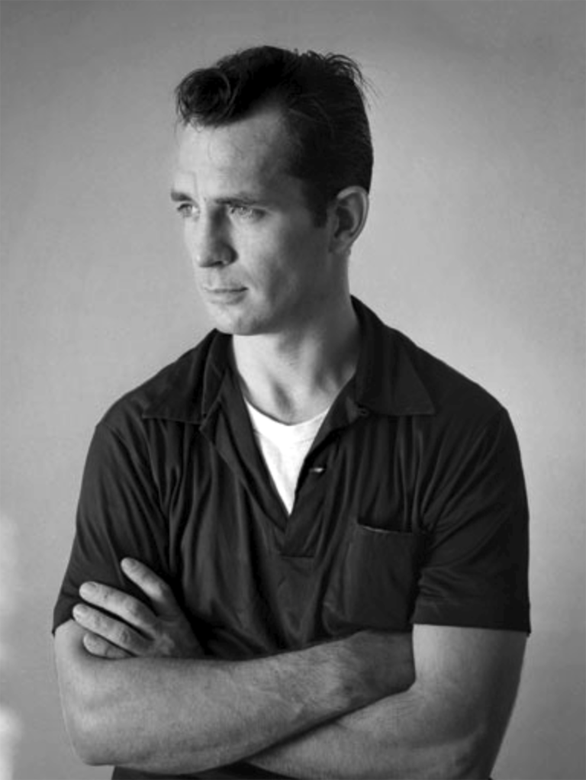
July 30, 2023
Part I
by Philip Gambone
Last week, I wrote about Jack Kerouac's first four visits to Mexico during the early fifties. For the twenty-something Kerouac, these early visits were a combination of brash American high jinks; delirious, drug-and-alcohol-induced spirituality; and earnest attempts at writing.
As Jorge Garcia-Robles points out in his fine little book At the End of the Road: Jack Kerouac in Mexico, Kerouac's Mexico was "more a symbol than a country, a culture defined not at all by the ideological bent of its citizens or rulers but by the spirit of its people." He was never particularly interested in Mexican culture: the writers, the artists. Instead, he "sought out the rougher characters, the ones who lived on the edge." These "rougher characters" would end up in the books Kerouac wrote in Mexico, including his greatest claim to fame, On the Road.
In September 1956, Kerouac returned to Mexico. It was his fifth visit. With On the Road still in publishing limbo, he started writing a new novel, "a vast new 500-pager all about the gang," he called it, which would become Desolation Angels. The "gang" comprised Allen Ginsberg, Ginsberg's boyfriend Peter Orlovsky, Orlovsky's brother Lafcadio, Neal Cassady, and the poet Gregory Corso. They joined Kerouac in Mexico City in early November. Kerouac hoped his buddies would "all go down to Panama Street and get a piece [of] ass for 48¢ each—beautiful girls with shapely hips leaning in scabrous lovely doorways." But first, he added, he would "make them all buy Sanitubes."
The only surviving photo of Kerouac in Mexico was taken in front of the Neptune Fountain in Alameda Park, when he posed with "the gang." Cassady, who is not in the photo, presumably snapped the shot.
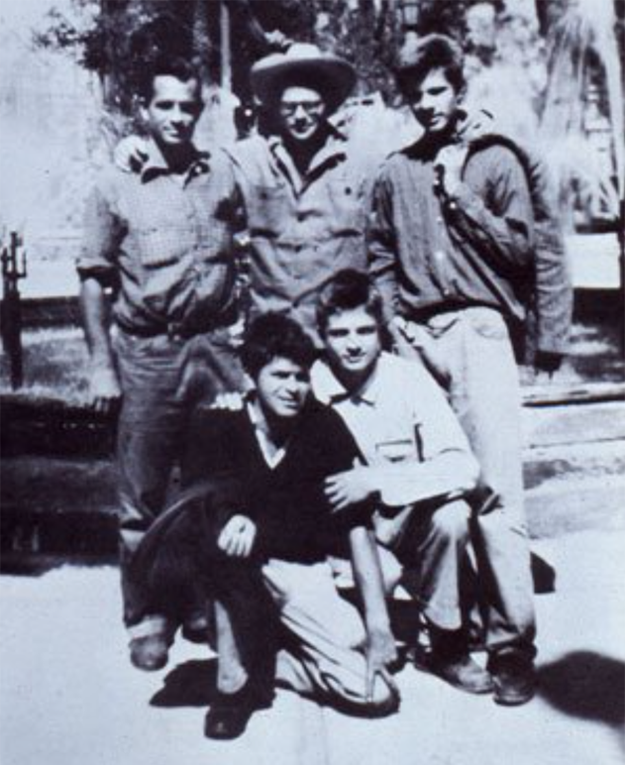
During this stay, Kerouac was getting impatient with Sterling Lord, his literary agent, over Lord's failure to find a publisher for On the Road (at that point called Beat Generation). The novel, which he had been working on since 1948, was a guys-on-a-road-trip saga, or as Kerouac once described it, "about 2 Catholic buddies roaming the country in search of God."
He was anxious that any publisher who decided to take it on would try to "remove objectionable words." He reminded Lord, "I'm the boss when it comes to the writing of prose." He went on: "I know what I'm doing, I'm no less a portrait-painter than Rembrandt."
Typical for him, Kerouac stayed in Mexico about two months and was back in the States for Christmas. Soon after his return, his luck changed: Viking Press agreed to publish On the Road.
The New York Times review that came out in early September was laudatory: "the most beautifully executed, the clearest and the most important utterance yet made by the generation Kerouac himself named years ago as 'beat,' and whose principal avatar he is." Reviews like this one catapulted Kerouac into celebrity status.
But other critics were less favorable. They found the book repetitious, lacking in the rudimentary elements of the craft of writing, not much more than a "collection of journal jottings." Time magazine called it a "barbaric yawp of a book." These negative reviews notwithstanding, with the publication of On the Road, Kerouac was, as Joyce Johnson, a fellow writer and girlfriend at the time, later recalled, "obscure for the last time in his life."
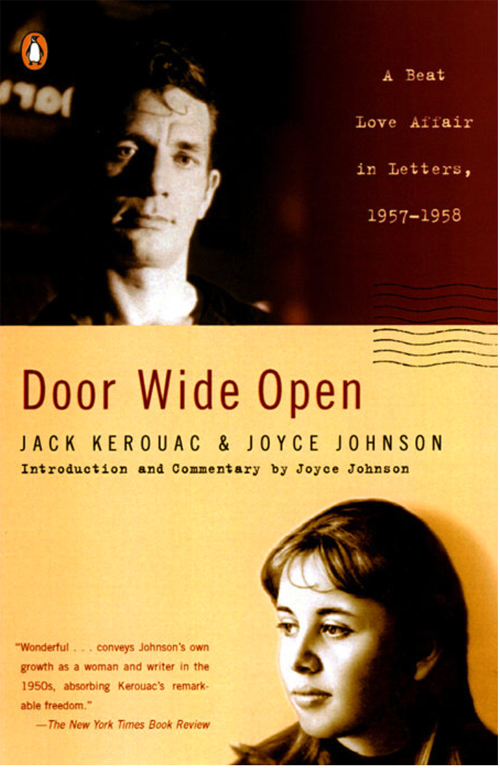
By July 1957, Kerouac was planning to go to Mexico again: "to make me a pad, and will spend my time, the time of my life, between Mexico City and New York City with occasional visits to the West Coast." While in Mexico, he hoped to "write by candlelight in a solitary room, think & stare thru the wall." He invited Johnson to join him.
Johnson's boss told her to "be careful." Her agent told her, "Mexico demoralizes young writers." Her parents gave her lurid descriptions of Mexico: "wonderful stories of girls disappearing into white slave markets, people injecting free heroin into you on street corners just for the hell of it." Despite these attempts to dissuade her, Johnson made her plane reservation, learned "just about enough Spanish to communicate with the [taxi] driver," and packed her "most unportable portable typewriter." She was looking forward to looking at cathedrals and Orozcos.
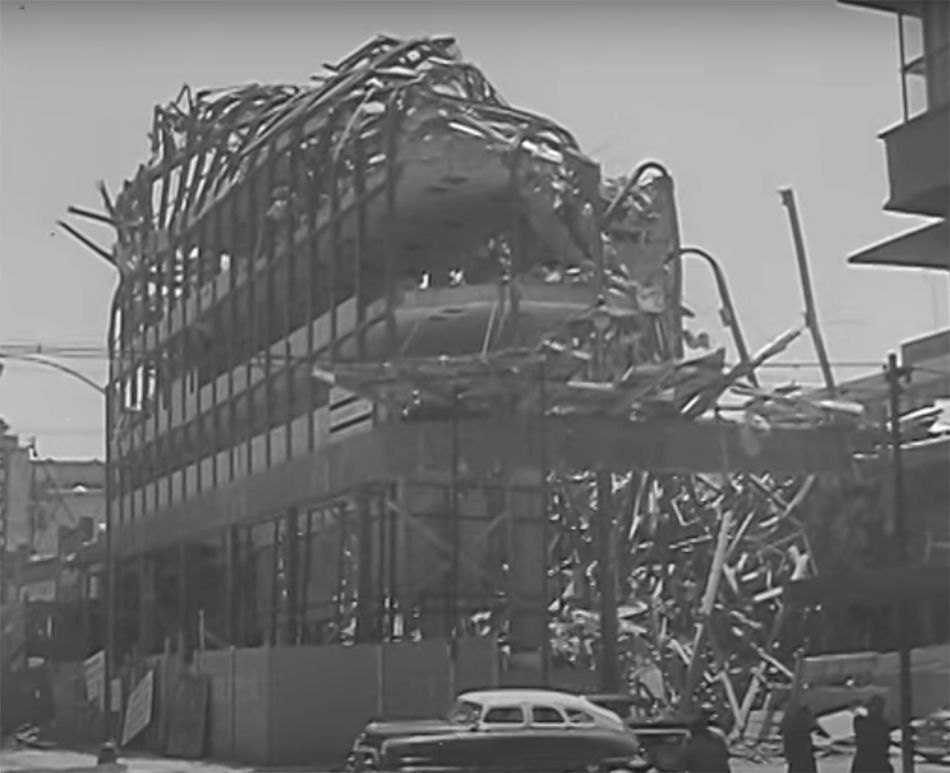
Kerouac arrived ahead of her. Almost as soon as he settled in, a devastating earthquake hit the city. "At 3 AM, I woke up with my bed heaving & I knew I wasn't at sea. I could hear sirens wailing & women wailing outdoors." For Kerouac, who had been studying Buddhism, it was not a cacophonous noise, but the "hush of silence" that was in his ears, a silence in which he recognized "that all this living & dying & wrath was taking place inside the Diamond Silence of Paradise." He wrote to Ginsberg that he "wordlessly thought [it] was the natural end of the world," quipping "one horror after another as usual in Doom Mexico."
Despite the disaster, he encouraged Johnson not to drop her plans to join him: "We'll do our writing & cash our checks in big American banks & eat hot soup at market stalls & float on the rafts of flowers & dance the rumba in mad joints with 10¢ beers." The place he was renting was, he assured her, a "fine earthquake-proof room for 85¢ a night." It had "tiles on the walls & many big round whorehouse sex-orgy mirrors (it's an old 1710 whorehouse, solid with marble floors.)" When they got tired of their "Mexican inwardness," they could take off to the countryside and "rent a cottage with flowerpots in the window. Come on," he concluded in his letter to her, "we'll be 2 American writers on a Famous Lark that will be mentioned in our biographies."
But before Johnson could get to Mexico, Kerouac came down with a violent case of the flu, which left him without the energy to get any writing done. He wrote to her again, informing her that he was taking a bus back to the States. "Mexico didn't seem to want me this time and drove me right out."
Before catching that bus, Kerouac wrote a poem, "Mexican Loneliness." It begins: "And I am an unhappy stranger / grooking in the streets of Mexico— / My friends have died on me, my / lovers disappeared, my whores banned, / my bed rocked and heaved by / earthquake—and no holy weed / to get high by candlelight / and dream—only fumes of buses." Johnson called his 1957 sojourn Kerouac's "unhappiest" visit to Mexico.
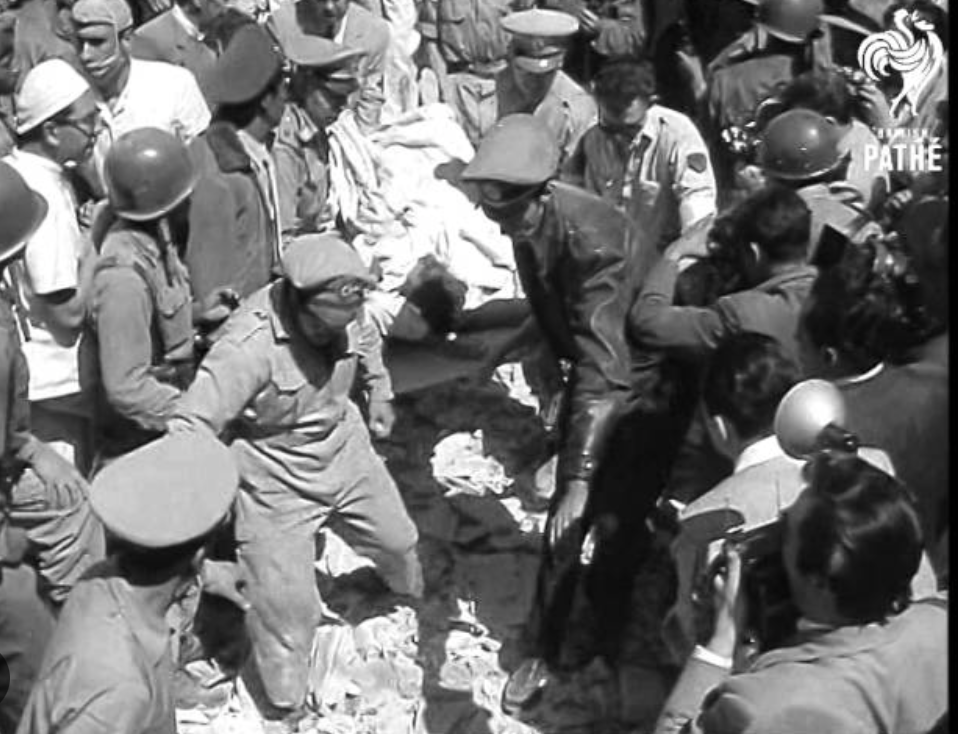
Back in the US, Kerouac's alcoholism got worse. His mental state was unbalanced; he no longer found any consolation in Catholicism or Buddhism. He was also plagued by an ongoing child support law suit brought by his former wife Joan. On May 5, 1961, he wrote to Sterling Lord, saying that he hoped to go back to Mexico City for two months "to think, walk, write" and be alone in a small apartment. In the letter, he outlined a series of novels that he called the Duluoz Legend, which would tell the story of "Jack's Lifetime."
This would be his seventh and final visit. While in Mexico, he stocked up on Benzedrine and phenobarbital and wrote 50,000 words of Part 2 of Desolation Angels. But, as Garcia-Robles notes, "gone were the romanticism and adventurous discomfort that a journey to the magical south had always entailed." Nevertheless, Kerouac "remained attached to his chimeras, fantasies, and subliminal ideas about a country that only existed in his obstinately imaginative head."
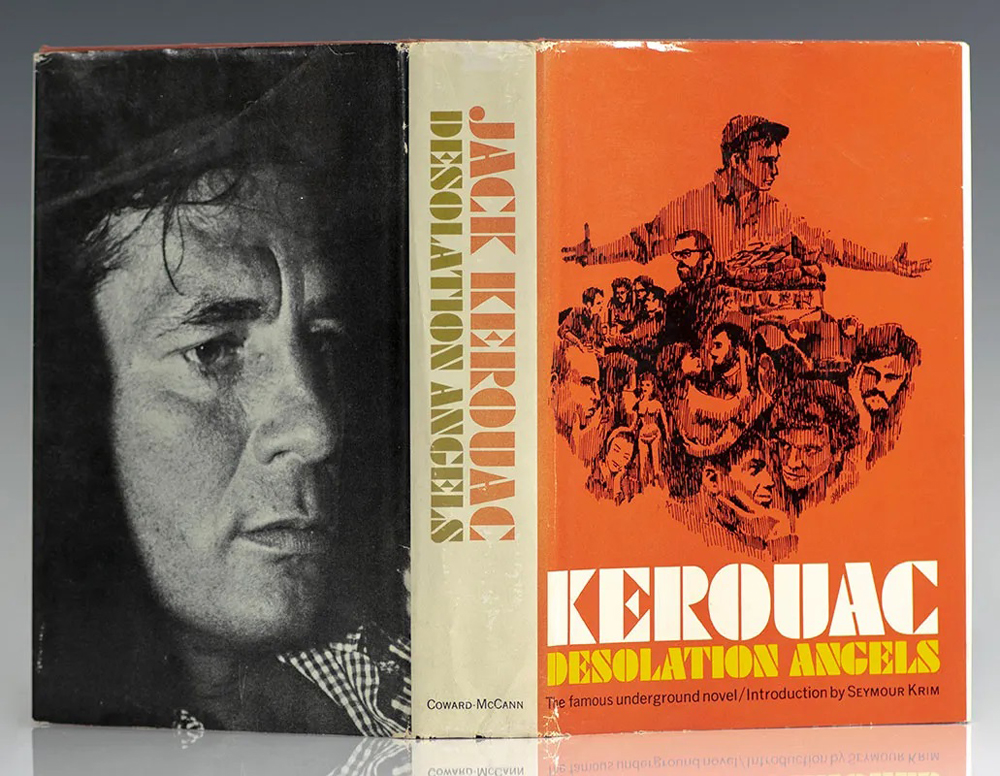
While there, Kerouac wrote another one of his blues-type poems, "Cerrada Medellín Blues." It begins: "Even when I was a little boy / I was always alone with my guardian angel."
Kerouac's search for God—in Mexico, on he road, in all the many friendships and love affairs he had—was never fulfilled, or rather, was never enough. The first chorus of that blues poem ends: "Never had my fill of Thee / ST MICHAEL IN THE CORNER, NINE FEET TALL."
Jack Kerouac may never have visited San Miguel de Allende (as did his friend Neal Cassady), but, as he left Mexico for the last time, this tortured Catholic-Buddhist beat writer invoked the Archangel, the patron saint of our city. Nine years later, Kerouac was dead, the victim of an abdominal hemorrhage brought on by his lifelong heavy drinking.
**************
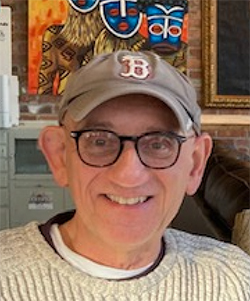
Philip Gambone, a retired high school English teacher, also taught creative and expository writing at Harvard for twenty-eight years. He is the author of five books, most recently As Far As I Can Tell: Finding My Father in World War II, which was named one of the Best Books of 2020 by the Boston Globe. It is available through Amazon, at the Biblioteca bookshop, and at Aurora Books off the Calzada de la Aurora.
**************
*****
Please contribute to Lokkal,
SMA's online collective:
 ***
***
Discover Lokkal:
Watch the two-minute video below.
Then, just below that, scroll down SMA's Community Wall.
Mission

Visit SMA's Social Network
Contact / Contactar

